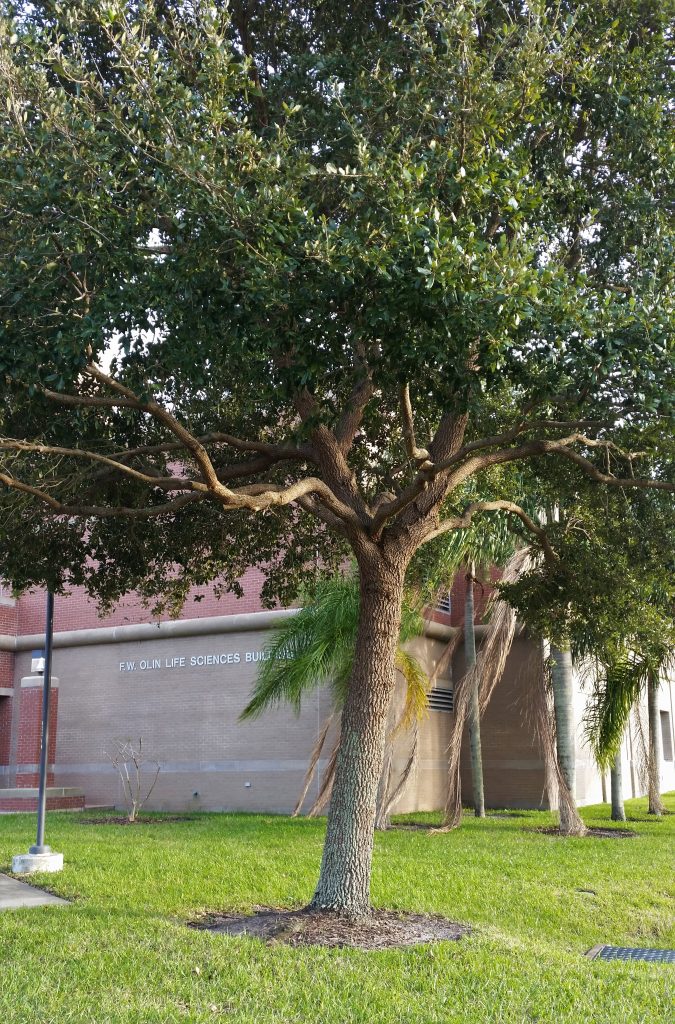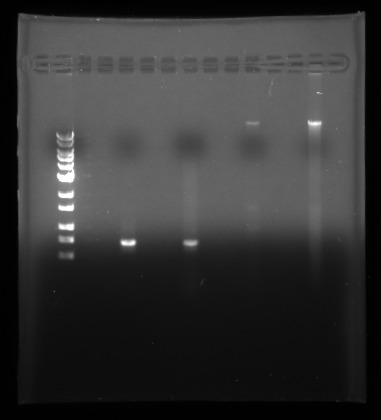Green is the New Black
The thing they don’t tell you: You should go green!
As a sustainability minor, I am required to take a class called Applied Sustainability. The class acts as a sort of capstone or project course for juniors and seniors. Over the past four weeks we’ve begun planning out our projects that we will work on for the rest of the semester.
 I’ve decided that I want to start designing a green lab certification program for the research laboratories on campus – particularly the science labs in the Olin Life Science building. These kinds of programs exist in few colleges across the U.S., but I think they should be in far more.
I’ve decided that I want to start designing a green lab certification program for the research laboratories on campus – particularly the science labs in the Olin Life Science building. These kinds of programs exist in few colleges across the U.S., but I think they should be in far more.
My goal is to focus on four main topics: lab energy conservation, green chemistry, waste management, and purchasing.
For the first topic, lab energy conservation, I am looking at reducing the energy consumption in the lab spaces. Harvard quotes on their website that, “Labs account for nearly 44% of energy use at Harvard but take up only 20% of the space.” This is common because scientists aren’t usually asking themselves, how can I conserve? But instead asking, what do I need to make this work? In an effort to reduce, other campuses have initiatives like ‘shut the sash’ for decreased air use, and making sure equipment is cleaned and working properly.

Green chemistry refers to substituting toxic chemicals with products that minimize the hazards while completing the same job. For example, the carcinogen (meaning cancer causing) ethidium bromide. Ethidium bromide is a fluorescent tag used often in molecular biology. Many companies are now producing other fluorescent molecules that are less noxious and also easier to dispose of.
Almost all waste created in a research laboratory is considered hazardous waste and has to be disposed of specially. This is why waste management is such an important matter. Some ways to reduce this waste include predicting the amount of waste that will be created, recycling old equipment, recycling of office materials and the possible internal recycling of solvents.
Smart purchasing includes things like maintenance on equipment to make it last longer and a well-kept chemical inventory to prevent the buying of unnecessary chemicals. Not only does this reduce energy and waste, but it saves money, too.
Harvard, Yale and Cornell have are setting a green example with programs like these. Other companies like My Green Lab are trying to bring more sustainable practices to commercial lab spaces. You can check out some awesome tips on their website at www.mygreenlab.org.
As I move forward in my project, I hope to create something that Florida Tech can use to reduce our footprint. But the best thing about this project is that I will hopefully be able to make a difference on campus and on the earth.
Remember, stay green.





